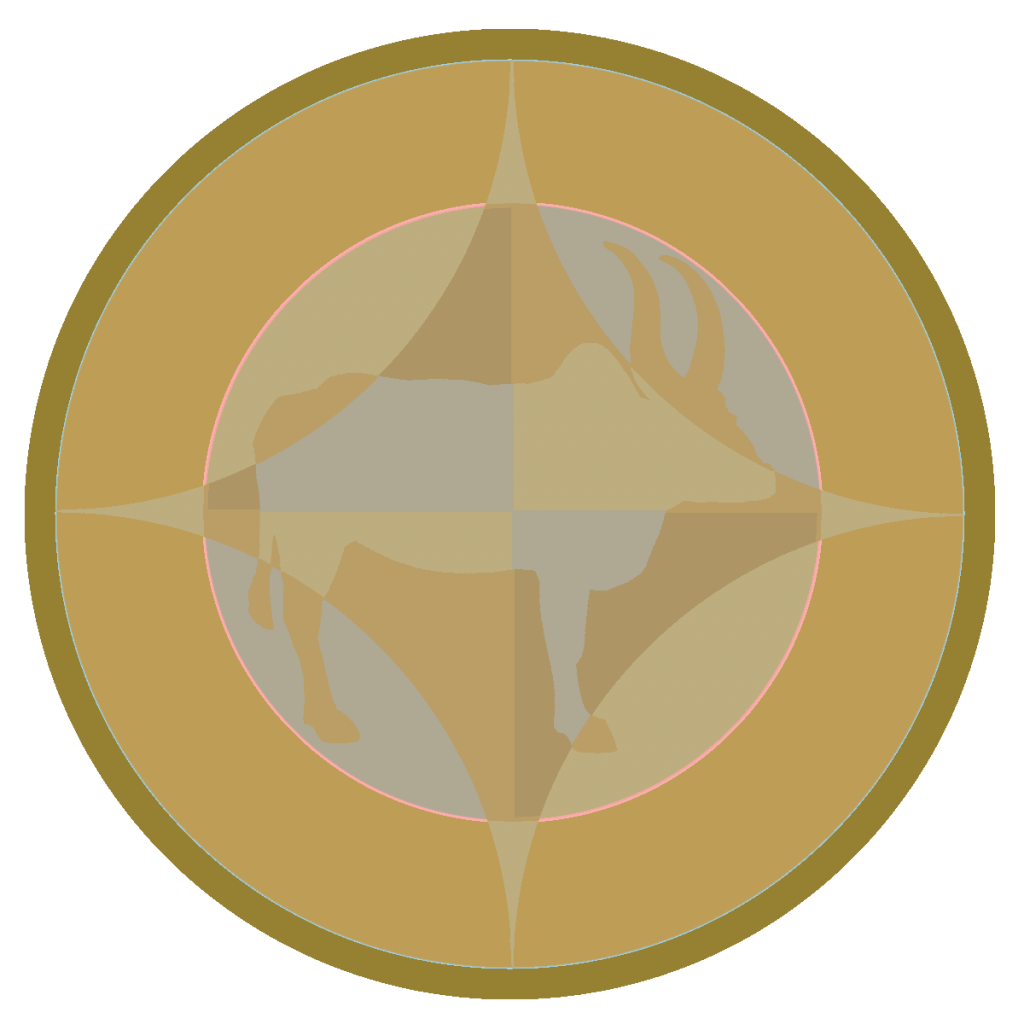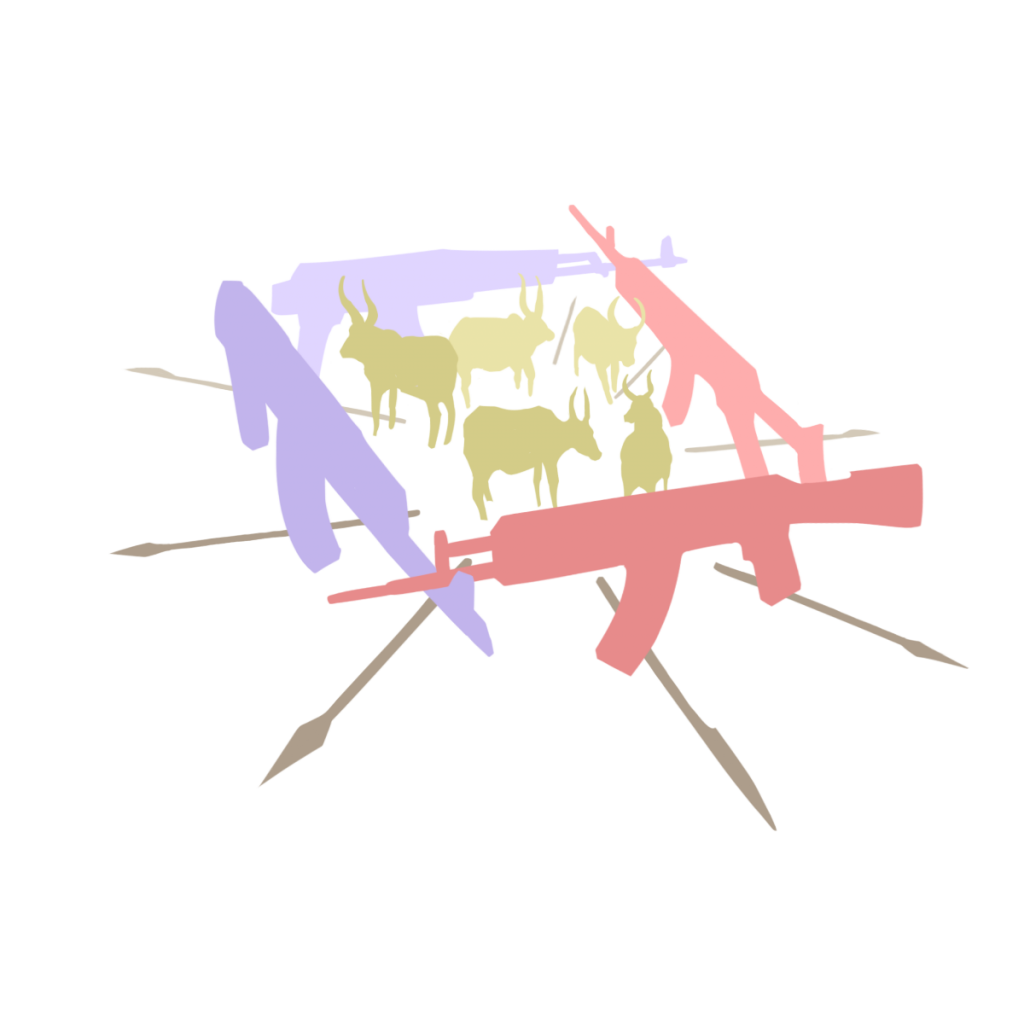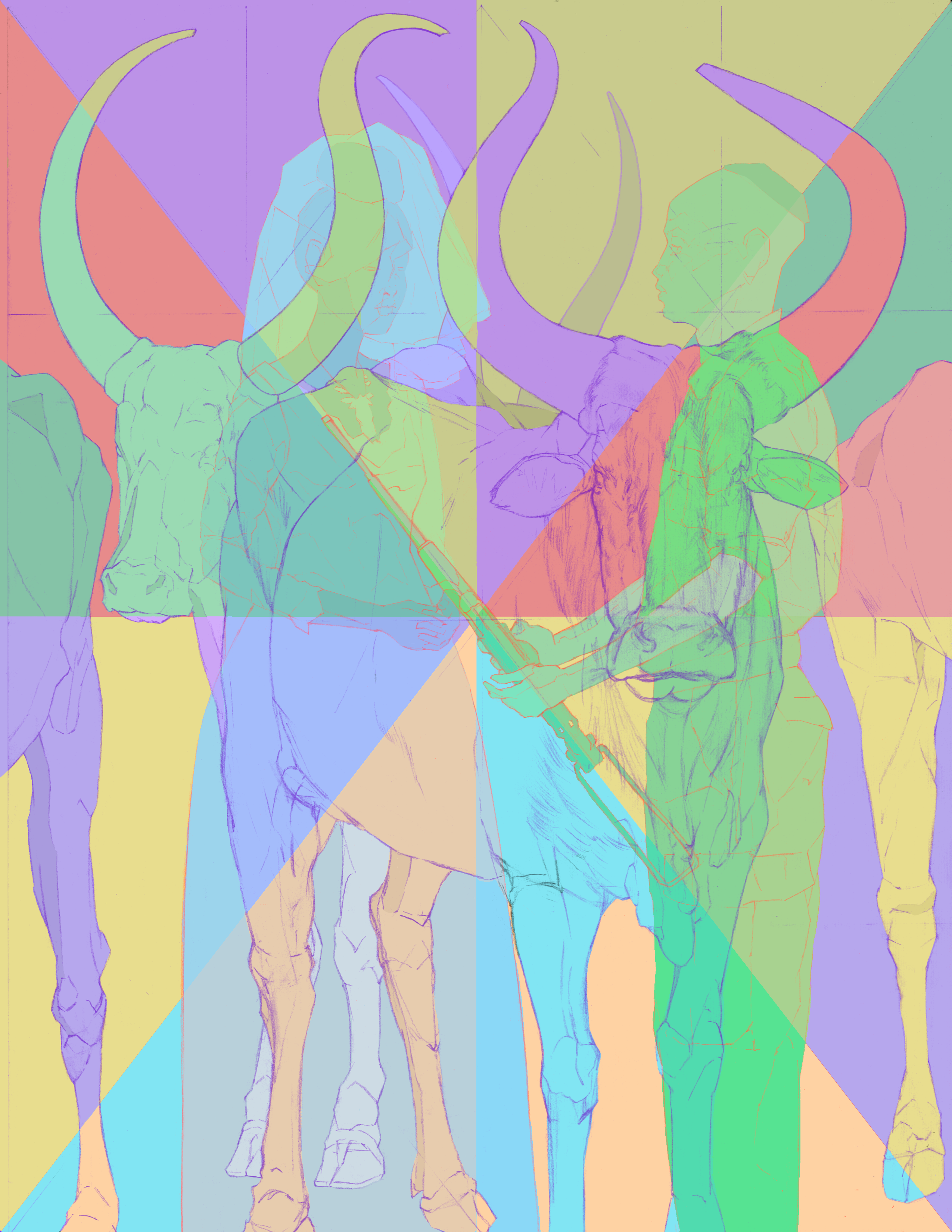Inter-tribal clashes are a major contributing factor to instability in South Sudan, so it is no surprise that an increase in violent cattle raiding has largely been attributed to the current conflict between the Dinka-dominated Sudanese People’s Liberation Army (SPLA) and the Nuer Sudanese People’s Liberation Army In Opposition (SPLA-IO). Yet these raids, which have led to over 50,000 deaths since the start of the South Sudanese Civil War in December 2013, are not motivated by inter-ethnic animosity alone. In pastoral regions such as Jonglei State, they are also driven by economic factors. Specifically, enormous inflation in bride prices—the payment, in heads of cattle, given by a groom to their bride’s family—has rendered cattle raiding more frequent and more deadly than ever before.
Cattle serve as de facto currency in many parts of South Sudan. With over 70 percent of South Sudanese people engaged in pastoral farming, cows are used to settle disputes, to serve as trusted, mobile assets in an atmosphere of frequent displacement, and, importantly, to pay bride prices. In South Sudan, where a man’s number of wives (and by extension, their number of cattle) determines their social status, cattle are invaluable. As one Dinka elder explained in a United States Institute of Peace Special Report, “One of the reasons for polygamy is that when you have ten daughters, each one will give you thirty cows…so then you have three hundred cows. That is why one marries very many wives: so that you can have very many daughters.”

However, rampant inflation in bride price has disrupted this tradition since South Sudanese independence. After the 2011 referendum in which South Sudan voted to become independent from Sudan, the typical price of an educated bride rose from 12 to 50 cows, an inflation of over 300 percent. By 2012, a single marriage could cost a family 100 cattle. That same year, the estimated cost of a marriage in the region was between $10,000 and $60,000 USD, making “South Sudanese marriages…no doubt some of the most expensive marriages in the world.”
This new economic pressure, driven by bride price inflation, falls predominantly on young men. Aside from the economic advantages of a large stock of cattle, marriage is a critical marker of the transition from childhood to adulthood in South Sudanese society. However, acquiring so many cattle through legitimate means has become nearly impossible for South Sudanese youth. Relying on family networks only provides so much support, especially when over 82 percent of the population lives below the international poverty line. Consequently, participation in cattle raiding has become a prevalent and often necessary way to achieve the economic stability required for marriage in South Sudan.
To further complicate matters, many of the checks on violence that previously existed in South Sudan have been undermined. Cattle raiding is an age-old practice in the region, even for the Dinka and the Nuer. In the past, these raids featured limited violence because of traditional reparation rituals that prevent expansion beyond localized conflict. Among the Nuer, authorities known as “leopard-skins” or “earth chiefs” presided over peace settlements, overseeing negotiations between Nuer men who killed others during raids and the families of their victims. Together, they would decide upon amount of restitution in blood-wealth cattle.” These negotiations extended to Dinka deaths as well, with blood-wealth compensation acting to restore order and prevent revenge violence. Dinka youth were similarly trained by their elders to use violence only as a last resort.
Nevertheless, political co-option of pastoralist herders, as well as technological changes, have dismantled the former checks on violence. With cowherders today exchanging their traditional spears for assault rifles, cattle raids have become military-style attacks involving massive herds and resulting in thousands of deaths. The increasing accessibility of small arms and light weapons, which make these attacks more lethal, galvanized this rise in violence. Young men have also become increasingly susceptible to elite patronage and recruitment, with “cattle protection and military loyalty [being] exchanged for guns and ammunition.” In this way, cattle-related violence is driven by both economic desperation and increased access to arms.
Despite these factors, the recent increase in cattle raiding is often simply attributed to South Sudan’s tribal differences. In many ways, this assumption is reasonable. Cattle raids intensified even after South Sudan’s elites signed a truce in September 2018. According to the United Nations Mission in South Sudan, 218 members of herder communities were killed in January 2019 raids alone—a figure almost three times the 73 lives lost in the four months between October 2017 and January 2018. Ethnic grievances, intermittent cattle raids, and revenge-based disputes between the Dinka and Nuer tribes predate Sudan’s 1956 independence from the Anglo-Egyptian Condominium. Historical sources suggest that the names ‘Dinka’ and ‘Nuer’ may even be synonymous with ‘raided’ and ‘raider,’ lending credence to the claim that tribal identity is intertwined with cattle raiding. Colonial practices further served to pit groups against one another. For example, when the British divided Sudan between the predominantly Arab North and the predominantly Black South in 1889, they also created a “Southern Policy” which aimed to “build up self-contained tribal units.” This allowed certain tribes to pursue economic development at the expense of others, generating ethnically charged power imbalances in the region. The Dinka’s political and economic dominance in several regions within South Sudan is evidence of the colonial policy’s lasting impact.
This argument, however, obscures many of the nuances of the conflict in South Sudan. It fails to explain, for example, the alliances between Nuer and Dinka groups that continue in several areas. In November 2015, the Lou Nuer requested and received access to Dinka pastures, even in the midst of the greater conflict. According to a 2017 study by Safer World, “ethnic identity remains fluid and contextual among many Dinka and Nuer communities” with members tending to ally more closely with kinship groups than with their ethnic group. Intermarriage between groups is also frequently reported as many young men “seek wives from different ethnic groups” in which bride prices may be cheaper.
These findings are consistent with the broader literature on ethnicity and civil war. Political scientists Paul Collier and Anke Hoeffler point out that only when a group is ethnically dominant do ethnic differences make societies prone to civil war. In South Sudan, neither the Dinka nor the Nuer are numerous enough to constitute a majority. Additionally, a global study of over 200 ethnic minorities conducted by James Fearon and David Laitin found that when considering ethnic conflicts, the independent effect of ethnic diversity is “surprisingly weak” relative to the impact of low per-capita income on conflict risk. Thus, the taking up of arms by the Dinka and the Nuer may be a symptom of their shared economic desperation—and the consequence of rampant bride price inflation—rather than simply the result of ethnic grievances.

Bride price inflation, which has spurred increasingly violent cattle raids and the growth of militia groups threatens to further destabilize South Sudan. By fostering new economic tensions, bride price inflation has narrowed the economic opportunities available to men of a marriageable age and incited new ethnic clashes. If South Sudan is to break from its pattern of inter-ethnic violence, South Sudanese leaders must commit to ending the militarization of pastoral groups and to regulating the cattle and marriage market. Moving forward, one option could involve engaging in regional cooperation with other East African nations that face similar cattle raiding violence, such as Uganda. Furthermore, South Sudanese communities could adopt livestock identification systems and records. However, without addressing the inter-ethnic violence and the economic desperation that so many South Sudanese families face, instability is bound to persist.
